End PCL and get down to war work
Modi and the BJP might appear like a scotched snake licking its wounds, snapping and hissing in hopeless hate. But in reality, they are coiling, preparing to strike.
If Modi government’s stalwarts like Rajnath Singh, Ajit Doval and Jai Shankar sound to you as raving mad, don’t question your judgement. They are raving mad, but understandably so. It is not easy to see the adversary you wanted to pulverize leave you with a bloody nose, a disastrous domestic political situation, and constant international embarrassment. Mostly, in such circumstances, bottled-up frustration is articulated in bombast and bravado.
To that extent much of what we are hearing from Delhi—barrage of threats and tall post-facto claims (inevitably made standing against some sort of a missile nose, delivery tube or an aircraft tale) — can be disregarded as hard but hollow talk.
But two dimensions of Delhi’s delirium need serious focus. These offer important insights into the insidious agenda that is being systematically peddled to prepare the ground for a much larger war. One is the seemingly bizarre demand that Pakistan’s nuclear weapons need to be taken over by the IAEA because it is a “rogue state”; and, two, Delhi’s pitch to multilateral donors like the IMF that aid to the country should be halted because this money goes into “terror financing.” There are no takers for this stance in the international community for now. Not a single country has even remotely echoed such concerns leaving Delhi to play this broken record on its own.
The deeper end of this narrative, however, has a clear aim: to tag and taint Pakistan with the once popular theme in the western capitals (also the theme of several Hollywood movies) of nuclear weapons in the hands of terrorists. Delhi wants to portray Pakistan as the hub where organized terror meets nuclear capability and thrives under its umbrella. For India that can’t keep Californium from being traded in the black market and which continues to live under the hangover of Bhopal gas leak, it is a little rich to draw world attention to TNN (Terrorism-Nukes Nexus). However, the Modi government’s campaign isn’t confined to rogue elements laying hands on nuclear technology; it is meant to show that the whole state of Pakistan itself is the source of this mega threat and therefore it should be denuclearized.
On the face of it such a proposition is dead upon arrival. Pakistan isn’t a Bollywood cardboard country whose security matrix could be redesigned according to the convenience of a film director desperate for a box hit. Its nukes are here to stay, and given its recent performance in the real war theater, there isn’t a country or an institution that would dare consider taking the path of confrontation and coercion on this count.
So why are Modi’s men dancing to this item song of “take their nukes away”? They are war mongers alright, but they are not tactical fools. Their assumption is that world is already familiar with the TNN tune already. Consider Iran. Washington’s stance against a nuclear Iran is primarily to serve Israeli interests; however, the public packaging of “no Nukes for Iran” policy is that Tehran is a promoter of proxy groups (terrorists as Washington and Israel call them) and such lethality at the disposal of the country’s clergy can create a global nightmare. Donald Trump after his recent trip to the Middle East has set a new bar for Iran: No Nuclear capability even for civilian purposes. The long and protracted nuclear-matters related engagement with Teheran has produced a TNN framework the West is familiar with and which India now wants to apply to Pakistan. It is sending its emissaries out to important world capitals with this key talking point.
This is a long diplomatic shot and a hard sell: India’s own record of promoting chaos in the neighborhood, carrying out global assassinations and funding proxy terror beyond its borders is now well-known. The Devil reading the scripture isn’t a convincing presentation. Delhi’s more practical goal seems to be to keep Pakistan’s nuclear capability on international radar and ensure that in any near-future conflict Islamabad’s nuclear hand is held back firmly by worried world centers.
This should neutralize Pakistan’s “nuclear blackmail”, opening the door for Delhi to engage Islamabad in a longer-duration conventional war, depleting its depots, straining its resources and using the absence of its geographical depth to its military advantage. If Islamabad’s nuclear arm is locked, and a conventional conflict rages on, Delhi fancies its chances of ending the conflict on “favourable terms”. As long as that happens Modi’s mad men would not mind their own losses. Even big ones. They have created enough hysteria and hatred in their core constituencies to justify brutalities, attacks on civilian facilities and collateral damage. What Delhi has also learnt from its recent missile attacks in Pakistan is the absence of global hue and cry over loss of civilian lives in Pakistan. Not many capitals have spoken against this outrage even though Pakistan has drawn detailed comparisons between its selection of military targets and those by Delhi that involved at least three places of worship. Not many capitals in the world are spending time on India’s water theft and blackmail that is far more dangerous than an attack on a military base.
So when Rajnath Singh says that the recent events were just a “trailer” (they can’t get cheap childhood movie lingo out of their tremorous heads) he is hoping for an equation like this: Global fears of a nuclear showdown stalling Pakistan’s nuclear response and a longer and broader conventional war resulting in a ceasefire that preserves Delhi’s advantages.
The next phase of Modi’s war plan also involves an expansive sub-conventional dimension. This has already started. Four references will suffice: the kidnapping of second Lt Saeed and FC man from DI Khan and the subsequent release of the former’s video; the target killing of Jamaat u Dawaa associated Razaullah Nizamani in Badin; reports of attack on army convoy in Waziristan; and a big expansion and activation of social media accounts proposing Free Balochistan and promoting independent Balochistan government with insignias and maps.
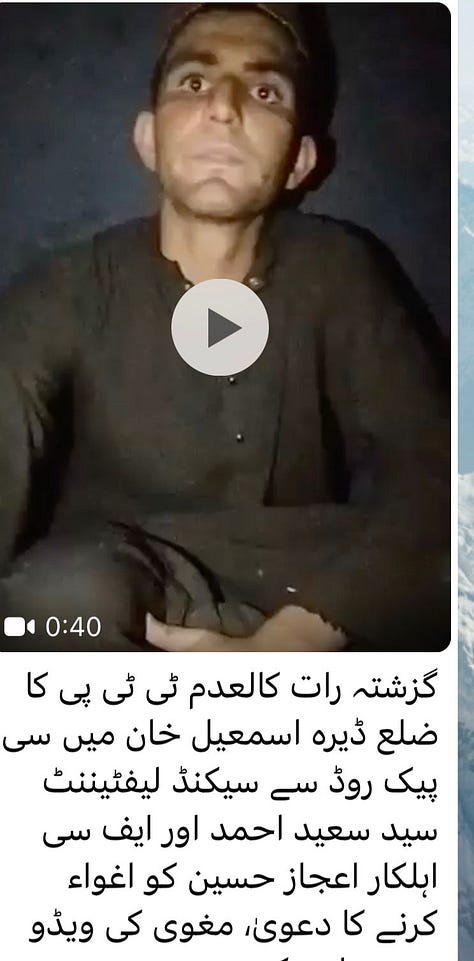
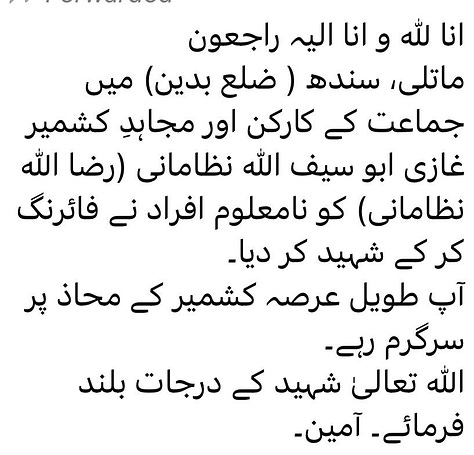
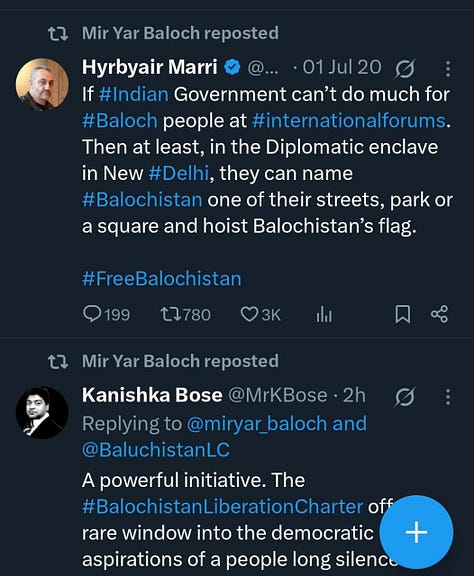
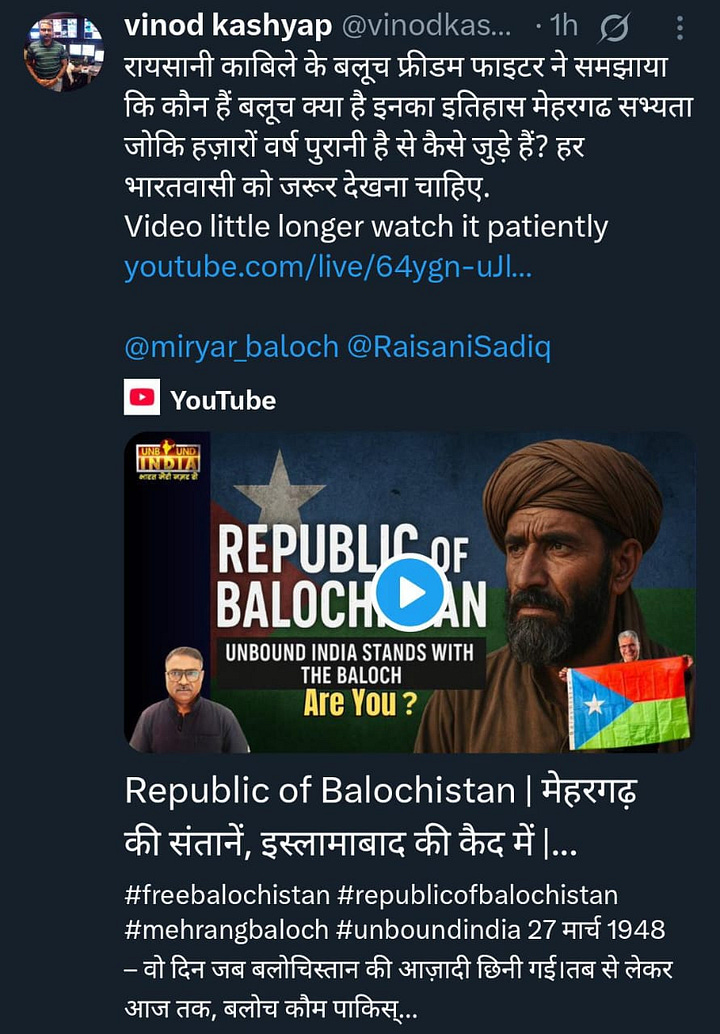
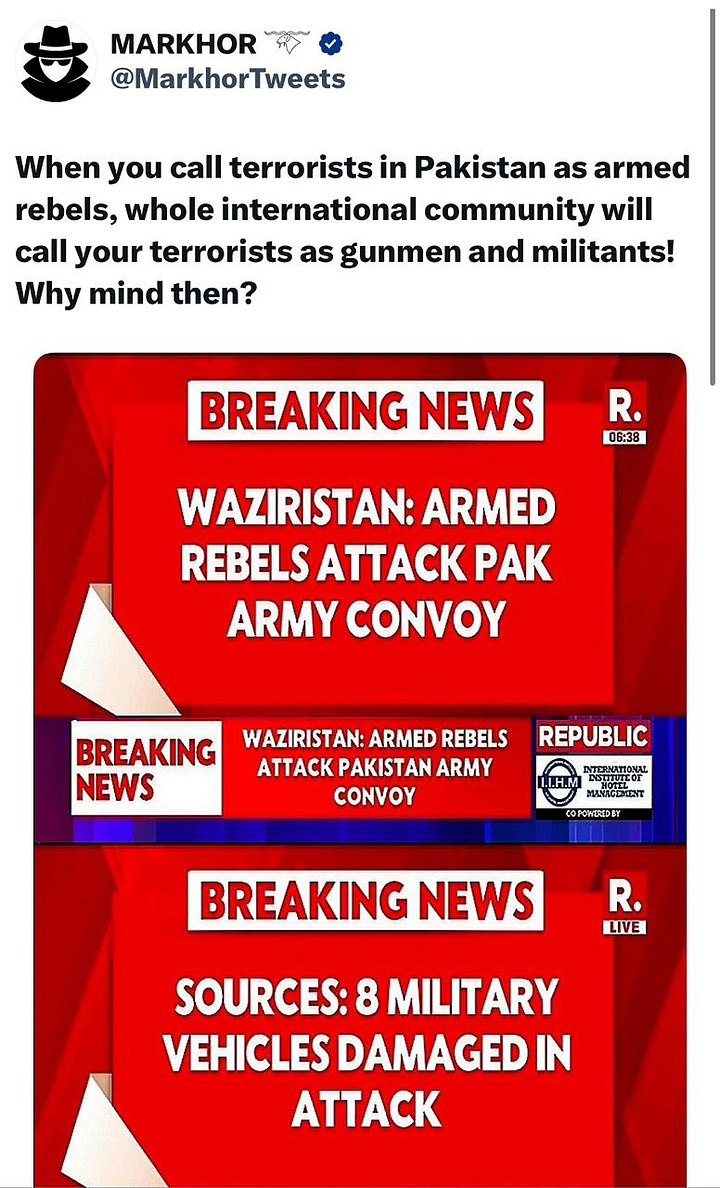
Security sources familiar with these developments accept the fact that Delhi has launched a new and “upscaled” sub-conventional war against Pakistan that is now connected with their “real theatre war aims”.
This doesn’t just mean killings and murders on our soil. Delhi’s low-intensity conflict involves ambushes, raids, and other non-traditional methods. Delhi is using asymmetric warfare and is deploying non-state entities such as insurgent groups, militias, or terrorist organizations. It is bankrolling prolonged armed resistance by non-state actors, and aims to harass and disrupt conventional military forces.
These are meant to wear down Pakistan, eroding its capacity, disrupting critical infrastructure, creating uncertainty and hopelessness. Balochistan, KP, Sindh, Punjab, AJK and GB—all are now integrated targets that are connected with its war designs on the borders, in the skies and on water.
So here it is crux. Delhi is using the ceasefire to regroup and recuperate; from Occupied Kashmir to its deep South, it is readying the system for an expanded assault. Modi and the BJP might appear like a scotched snake licking its wounds, snapping and hissing in hopeless hate. But in reality, they are coiling, preparing to strike. This time they will come from all directions—all at once. Hopefully, we will end our PCL (Pakistan Celebratory League) soon and get down to mapping our options, bracing our defences, and sharpening our offensives.
A long war is upon us. There is no time waste.




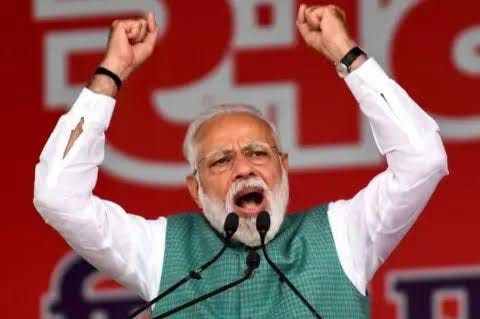
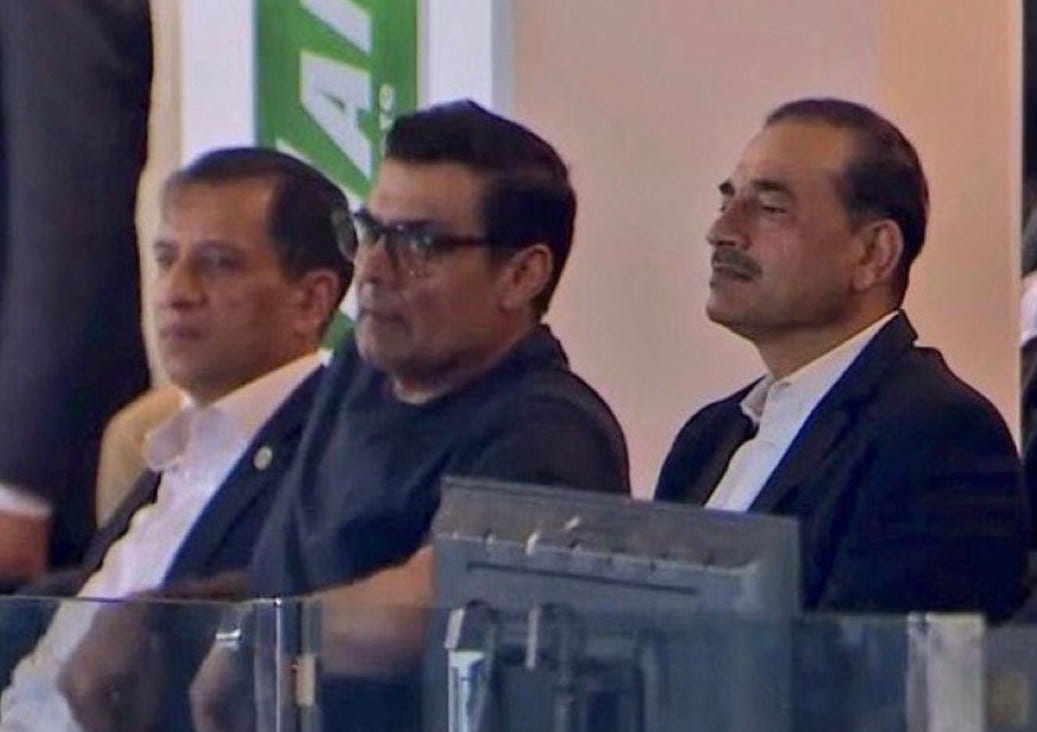
First Collective Suicide Inviting Prime Minister of India, Mr Narendra Modi!
This is a very well-written piece. How do you think Pakistan can counteract Indian efforts on national and international level?